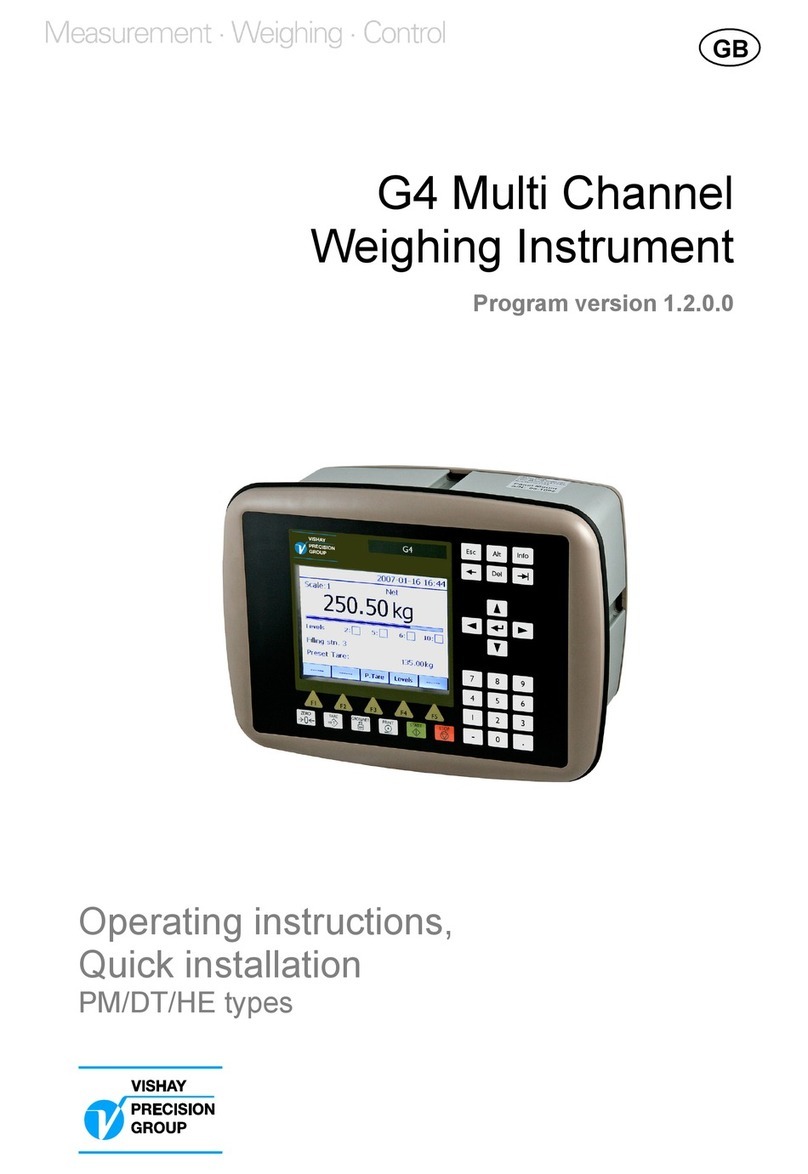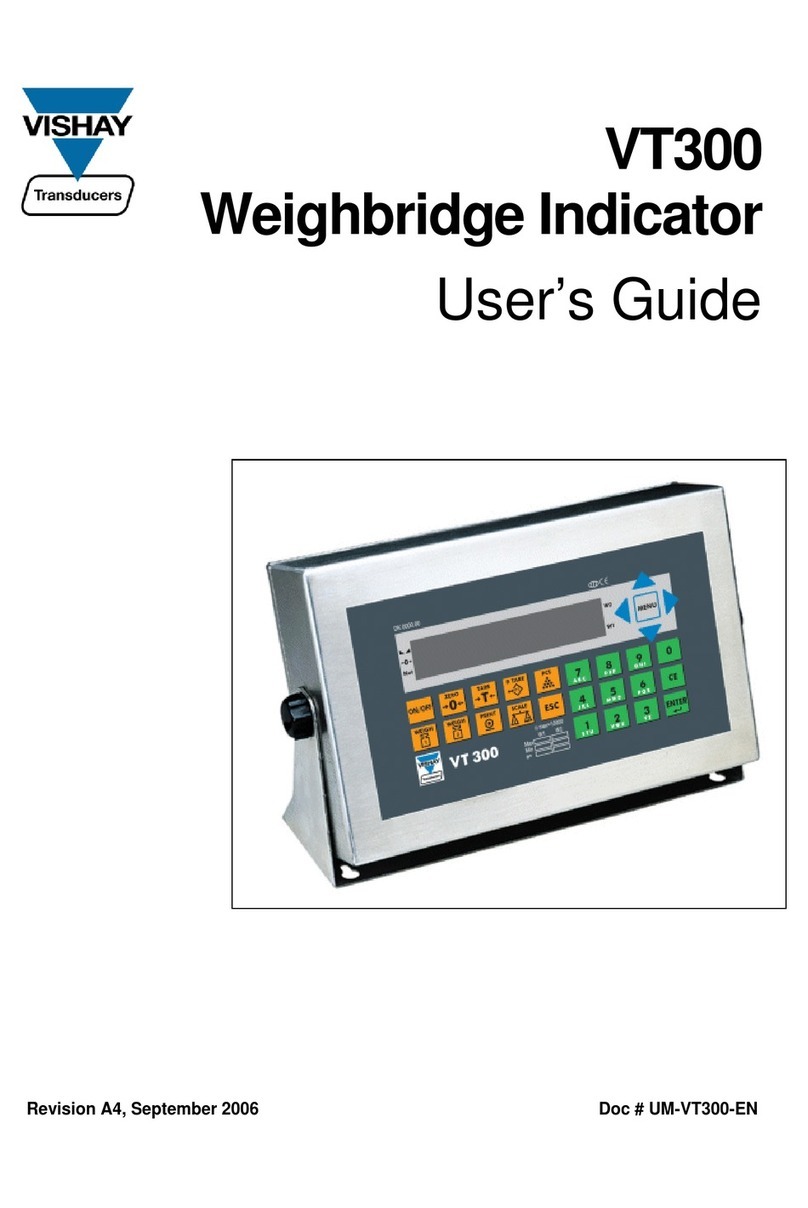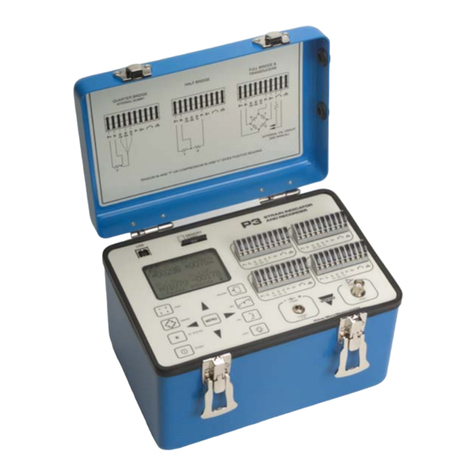G4 Multi Channel Force Instrument
1. Introduction
Manual updates .....................................1-1
General ..................................................1-1
Functions ...............................................1-2
Maintenance ..........................................1-4
Safety information ..................................1-4
Technical data .......................................1-5
Ordering information ..............................1-12
2. Installation
Mechanical installation ...........................2-1
Electrical installation ..............................2-2
CPU unit.................................................2-3
VIEWPAN module .................................2-5
WF IN, WF IN2 and HS WF2 .................2-6
AOUT1 and AOUT4 ...............................2-9
DIO8 ......................................................2-10
Profibus-DP Fieldbus Adaptor ................2-11
DeviceNet Fieldbus Adaptor ..................2-13
3. Instrument Functionality
General...................................................3-1
Function Block........................................3-1
4. Set-up
General ..................................................4-1
Operators interface ................................4-2
Menu structure .......................................4-6
Parameters ............................................4-8
5. Calibration
General ..................................................5-1
Common parameters .............................5-2
Calibration using datasheet ...................5-3
Using parameters values from
a previous calibration ............................. 5-4
Calibration with known forces.................5-5
6. Operation
General ..................................................6-1
Power supply .........................................6-1
Power-up sequence ...............................6-1
Operating display ...................................6-2
Security locks ........................................6-3
Zero setting ............................................6-3
Main menu .............................................6-4
Level supervision ...................................6-5
Use of inputs and outputs ......................6-6
Filter function .........................................6-7
7. Communication
General ..................................................7-1
Serial interface........................................7-1
Modbus RTU Slave ................................7-1
Modbus TCP Slave ................................7-2
Modbus protocol ....................................7-3
Fieldbus interface....................................7-28
8. Remote Access
General ..................................................8-1
Browser requirements.............................8-1
Using the Remote Access ......................8-2
Security...................................................8-2
Remote Access Login and Logout ..........8-3
Remote / Local Access ...........................8-6
Remote Set-up........................................8-7
Remote Access Maintenance .................8-10
9. Maintenance
General ..................................................9-1
Diagnostics .............................................9-1
File handling ...........................................9-4
Create Backup .......................................9-5
Restore Backup .....................................9-5
Set Default..............................................9-5
Program Upgrade ...................................9-5
Instrument Restart ..................................9-6
10. Troubleshooting
General...................................................10-1
Error codes ............................................10-1
Appendix
Declaration of Conformity........................App.1
Contents






























